In manufacturing, there are products, such as batteries, pharmaceuticals, and medical instruments, that require controlled conditions to ensure their quality. These delicate and fragile commodities can be contaminated, ruined, or damaged by moisture in the air and high humidity. The special conditions for their manufacture require a uniquely designed environment that can easily be monitored, controlled, and managed. Read More…
Russells Technical Products has been designing and manufacturing environmental test chambers since 1972. With over 150 years of combined management experience, our company provides its customers with quality environmental test systems and advanced manufacturing techniques. Russells offers a variety of standard and custom designed chambers to meet your exact specifications.
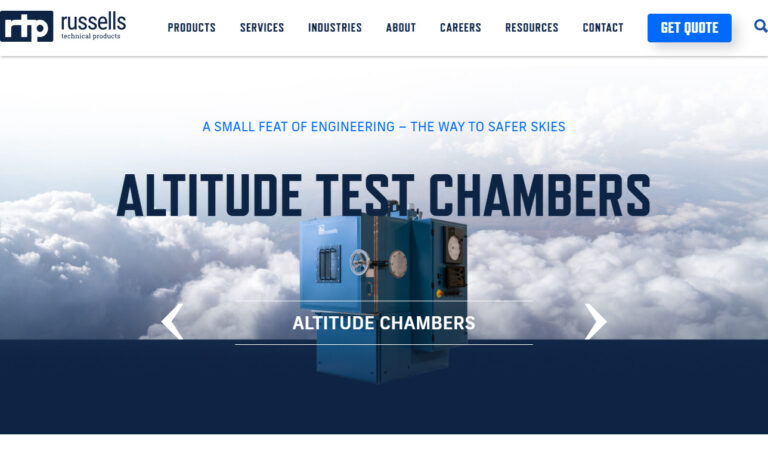
We are leading environmental test chamber brand with over 78 years of experience designing environmental testing solutions. Over the years we have developed products for ease-of-use, reliability and performance designed to meet our customer’s testing needs and improve the safety and reliability of their products.
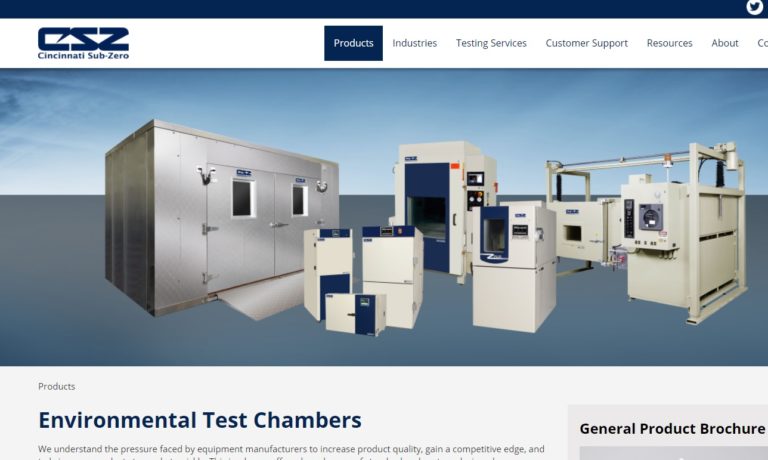
A pioneer since 1962, Thermotron has been building the most recognizable environmental test equipment in the industry. Every chamber and shaker sold is handcrafted in West Michigan and comes with an intuitive controller. From automotive and defense, to electronics and medical industries, Thermotron has helped companies small and large create more reliable products. When you need to know whether...

As a leader in the test chamber industry we believe our systems are ideal for your company. We manufacture models that come standard with many useful features for testing applications. We believe that our advanced technologies are essential to the reliability of our products and our quality customer service is perfect for your needs. Feel free to visit our website or give us a call to learn more!

Hastest Solutions designs, manufactures and provides solutions for all environmental testing needs. For the full range of environmental test chambers, including HAST, temp/humidity, salt fog, solar radiation, high temp ovens, autoclave, temperature cycling, sand and dust testing, rain, triple zone chambers, including custom sized chambers, please contact us.
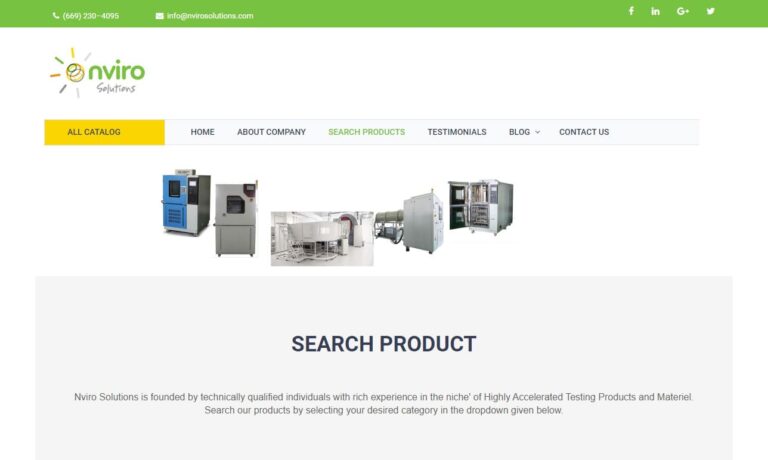
Since 1959, Associated Environmental Systems (AES) has designed, manufactured, and serviced standard and custom environmental test chambers, as well as patented and patent-pending battery testing solutions. Built in the USA for precision and reliability, AES helps the world’s leading innovators test, validate, and deliver products that perform in the real world.

Isotech specializes in state-of-the-art environmental test chambers. With our standard and custom test chambers we strive to offer our clients products that are specifically designed to fit their needs. Isotech offers technical specifications like copper screen enclosures, RF signals, and USC-26 and USC-44 series panels.
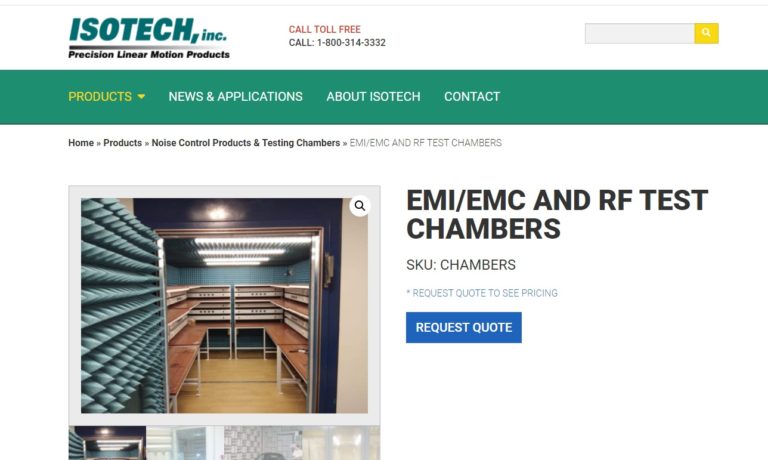
More Dry Room Manufacturers
Dry Room Standards
To meet the required strict standards, producers rely on dry rooms that are designed to remove vapors, moisture, and humidity. The design and engineering of these unique environments creates conditions that are completely separated and isolated from the exterior and potentially harmful conditions.
What is a Dry Room?
The term dry room may seem to be self-defining since it indicates a room that is dry. Though this simple definition may seem adequate, it does not completely describe the special conditions necessary for a room to be defined as a production quality industrial room.
A dry room for industrial applications is designed to create conditions that are devoid of moisture, humidity, and vapors. These specially manufactured rooms have walls, ceilings, and floors that are tightly sealed such that the exterior contaminated environment cannot enter the cleaned and dehumidified space.
The design of these specially constructed rooms includes control of the lighting, electrical input, air distribution, and temperature as well as the humidity and moisture. Every factor of the room is closely monitored to ensure optimum conditions to fit the needs of the product.
There are two components of a dry room that are essential, which are the filtration system and dehumidifier. As with all technical and climate-controlled rooms, high efficiency particulate air (HEPA) filters are used, which remove 99% of any form of contaminant matter. Specially designed dehumidifiers are selected for removal and control of moisture. Each type of dehumidifier is designed to meet the requirements and standards of the product.
A major problem for dry rooms is entrances and exits, which can allow in contaminated materials and matter. Though a simple door may seem to be the solution, the types of doors for enclosed and sealed rooms have to provide the same form of seal as is found in the walls, ceiling, and floor. Doors designed to meet the controlled conditions are made from the same materials as the walls. Included in door design is an airlock that separates the exterior door from the interior of the room.
Dry Room Dehumidifiers
The most critical component of a dry room is the dehumidifier that removes moisture from air in the room to create the required dry conditions. Industrial dehumidifiers are engineered and designed to eliminate any form of moisture, vapor, dampness, or humidity. They are high performance and exceptionally durable devices that can produce the necessary dry environment.
A very popular and widely used type of dehumidifier is a desiccant dehumidifier that removes moisture from the air using a chemical process. Air is pulled into the mechanism by a desiccant wheel that is covered in silica gel. The gel traps the moisture in the air. The gel is then heated by a heat booster that removes the moisture from the silica gel sending dry air into the room. The design of a desiccant dehumidifier does not require a reservoir since there isn’t any condensation in the process.
The thermoelectric dehumidifier process follows a traditional method of removing moisture by using a fan to pull air in and have it pass through a cool heat sink. As the air passes through, moisture from it condenses and is collected in a reservoir.
The refrigerated coil method of dehumidification is similar to the process used to cool a refrigerator. A fan pulls air into the dehumidifier and passes over a set of cold coils that begin the condensation process. The collected water drips into a reservoir. The air is then reheated and sent into the room.
These three methods are the most common processes for creating dry conditions. Other specially engineered techniques have been developed to meet unusual and unique circumstances.
Benefits of Dry Rooms
In this technological era, more and more products can easily be contaminated by any number of particles and substances in the air. The development and use of specially designed dry rooms provide producers with conditions that ensure the quality and performance of their products. Though the initial cost may be prohibitive, the benefits, in the long run, guarantee reliable products that meet customer expectations.








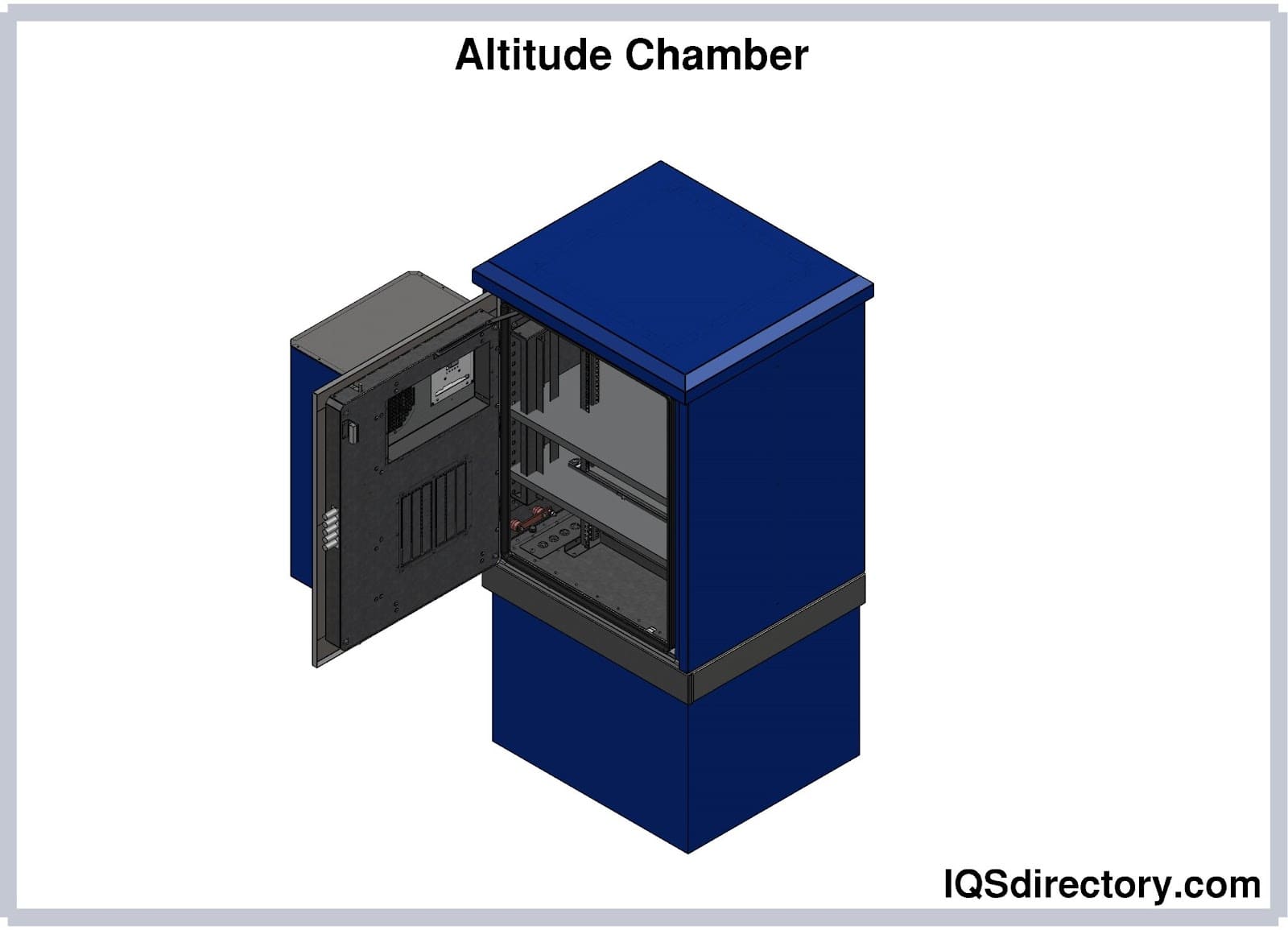
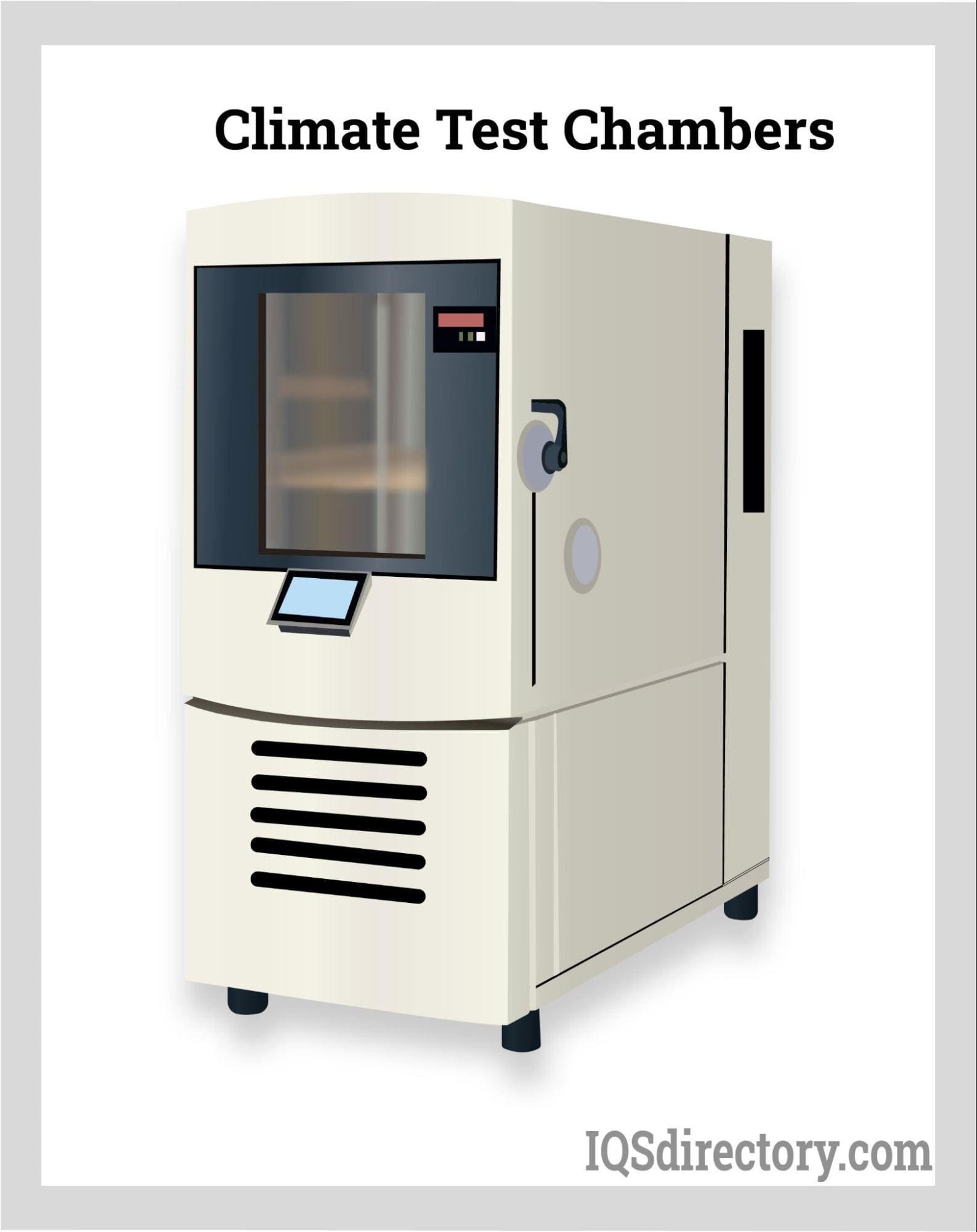
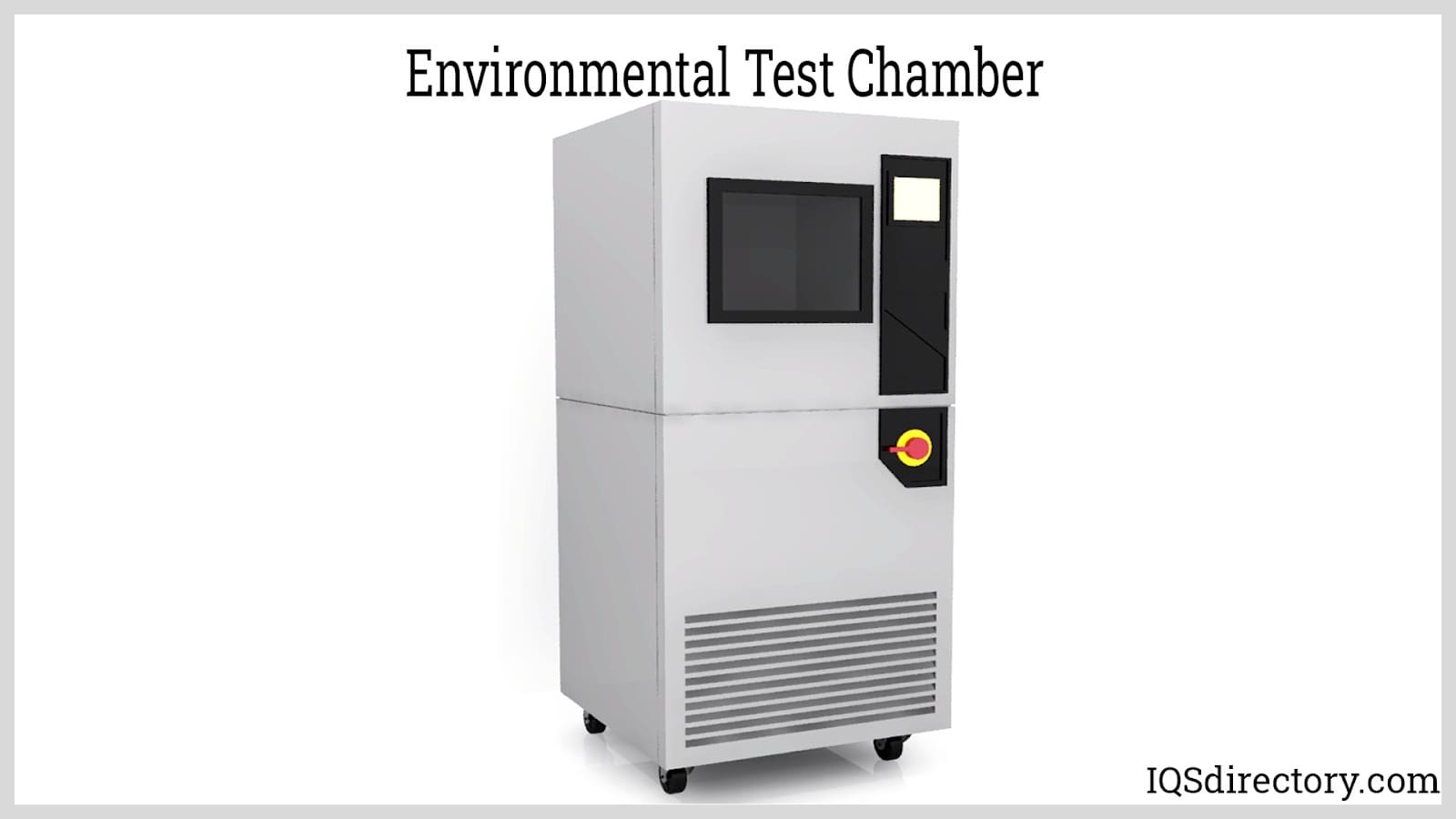
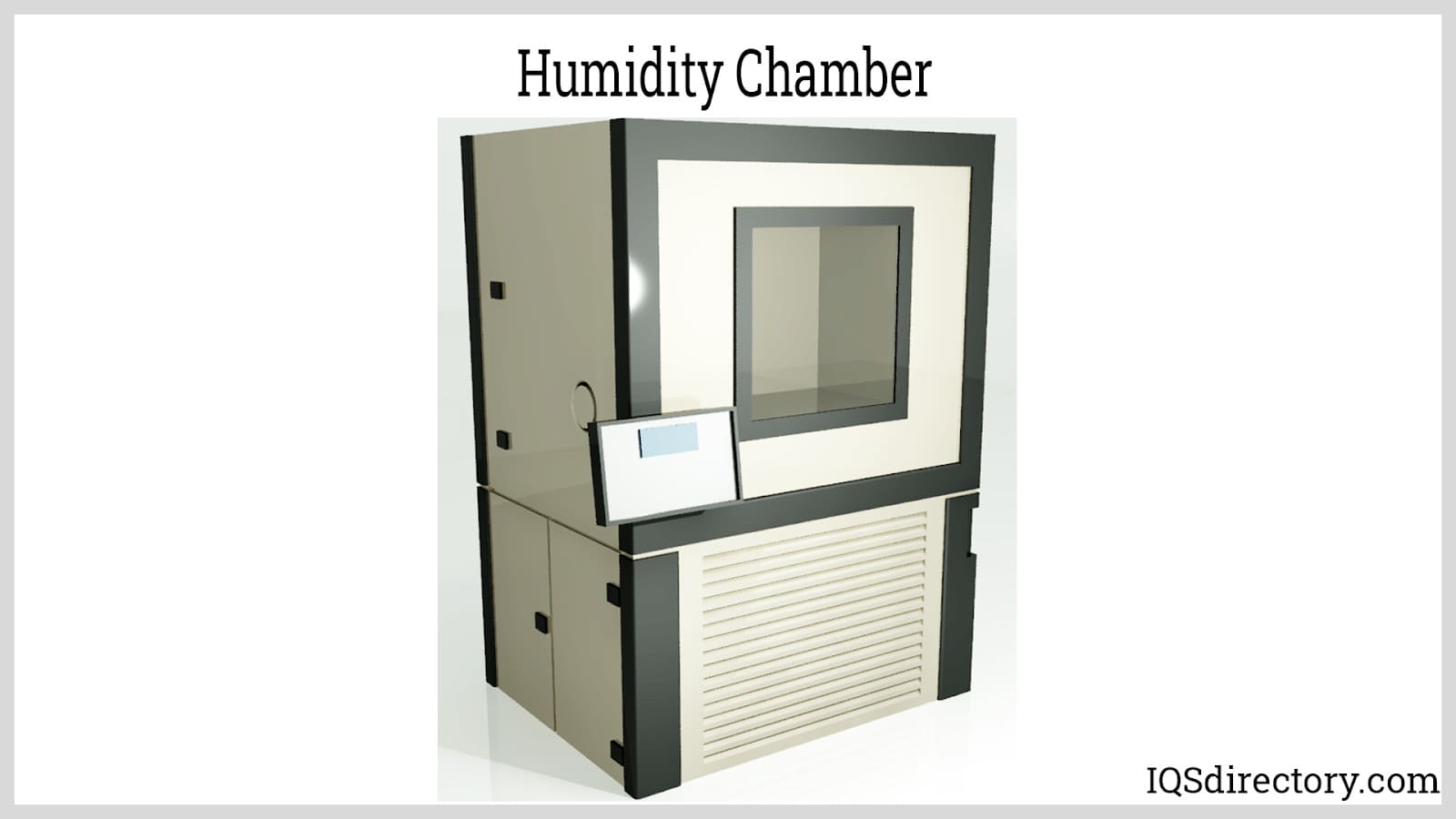
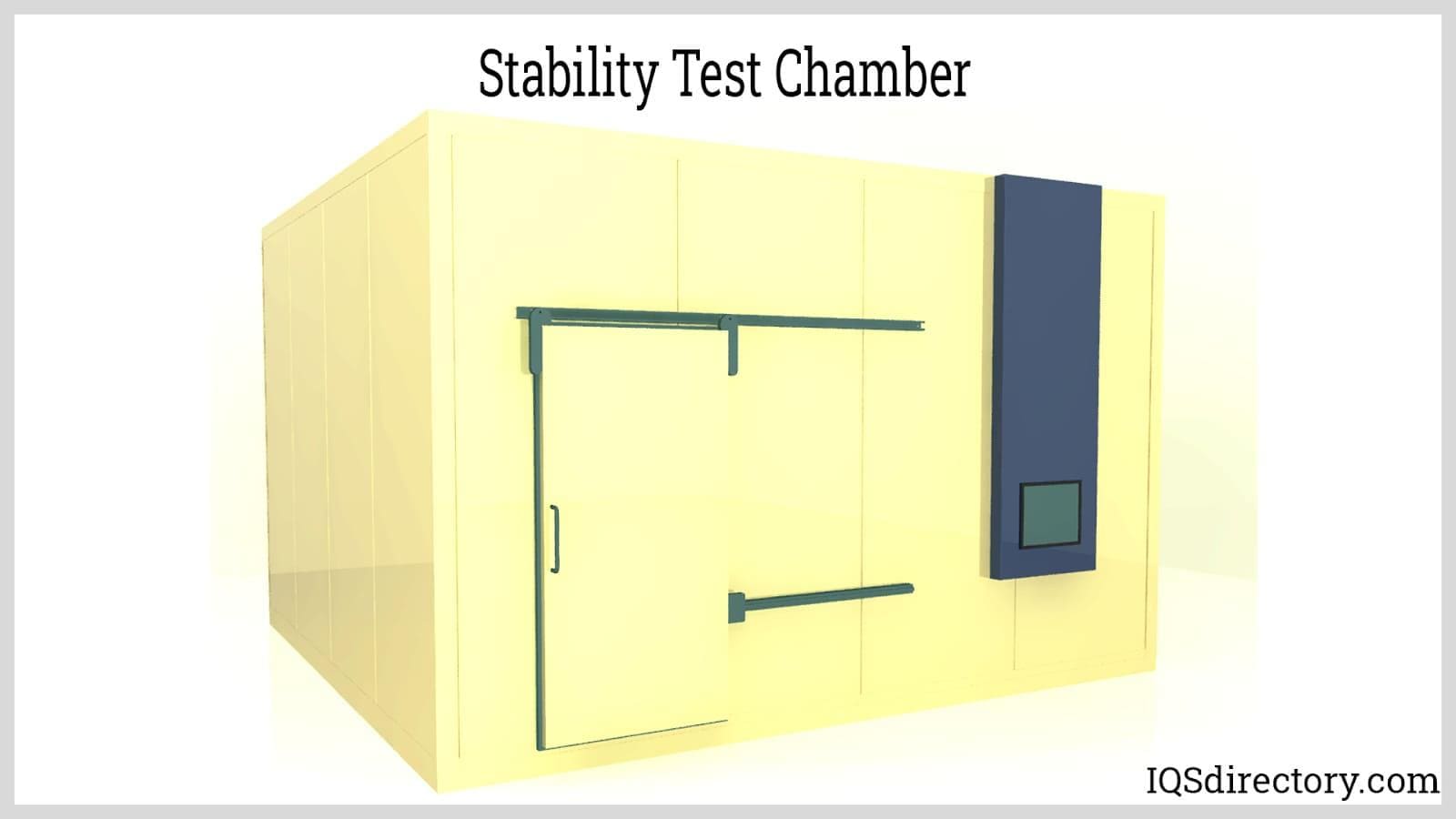
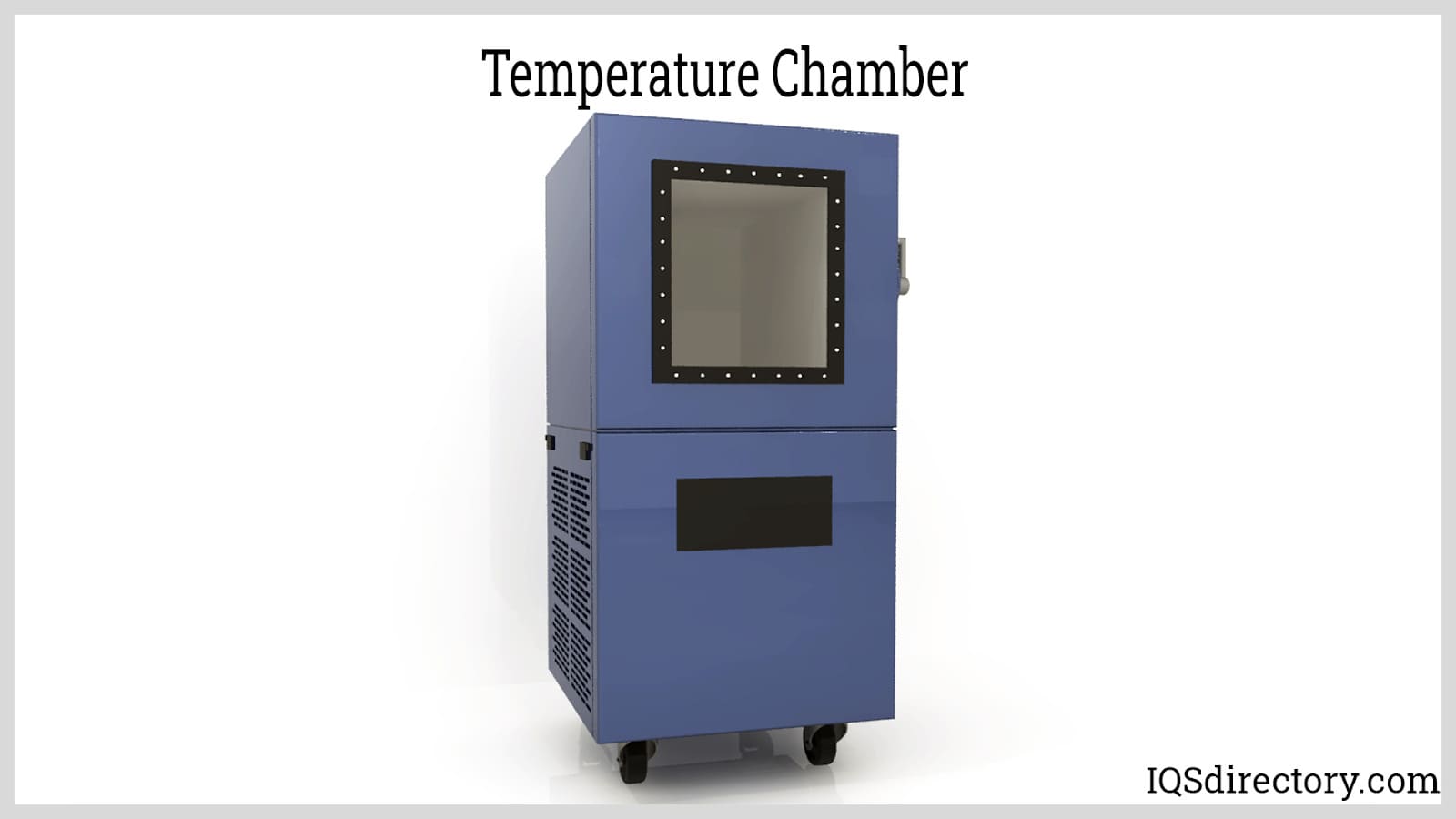
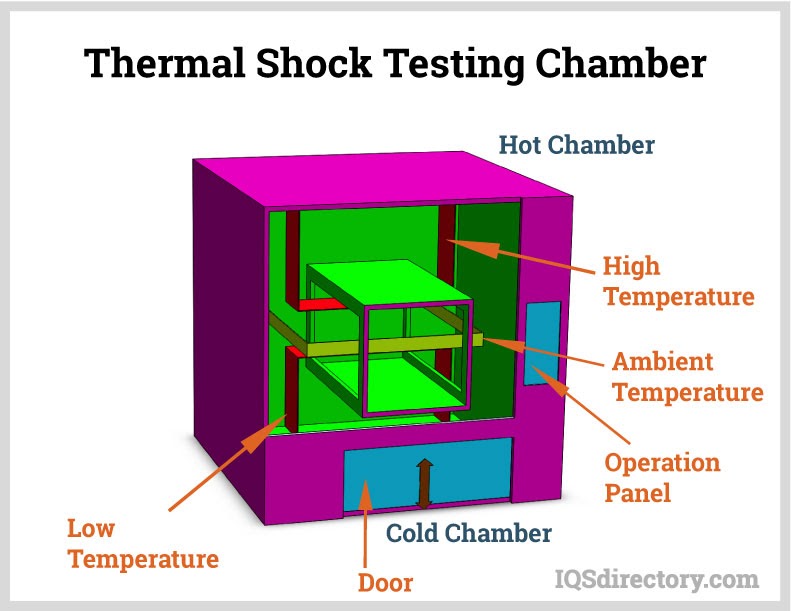
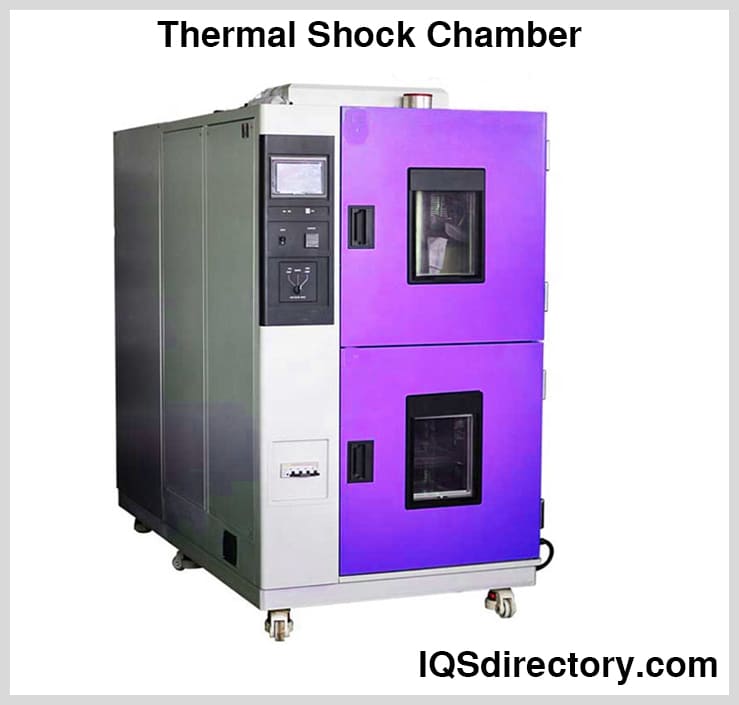
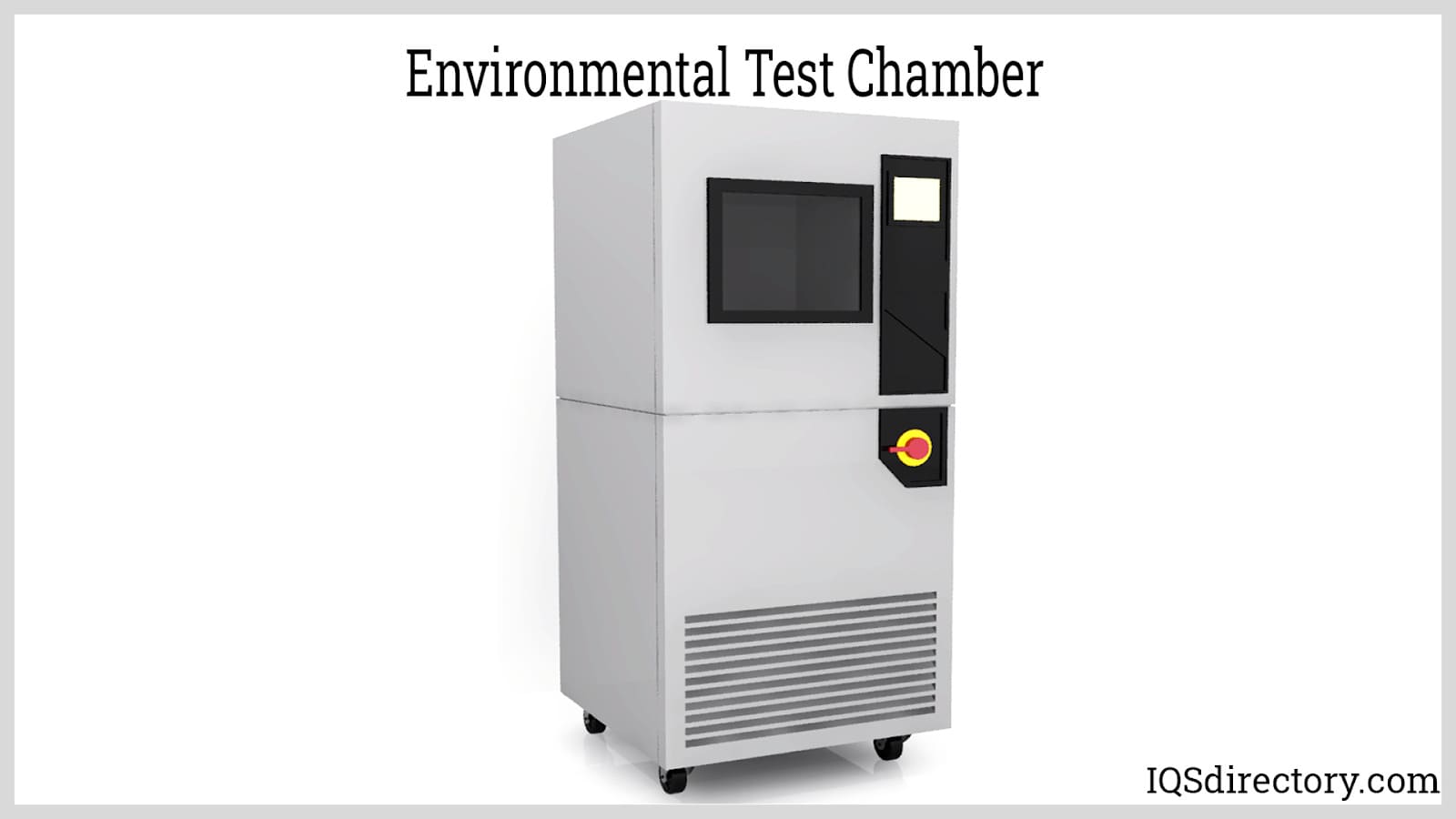
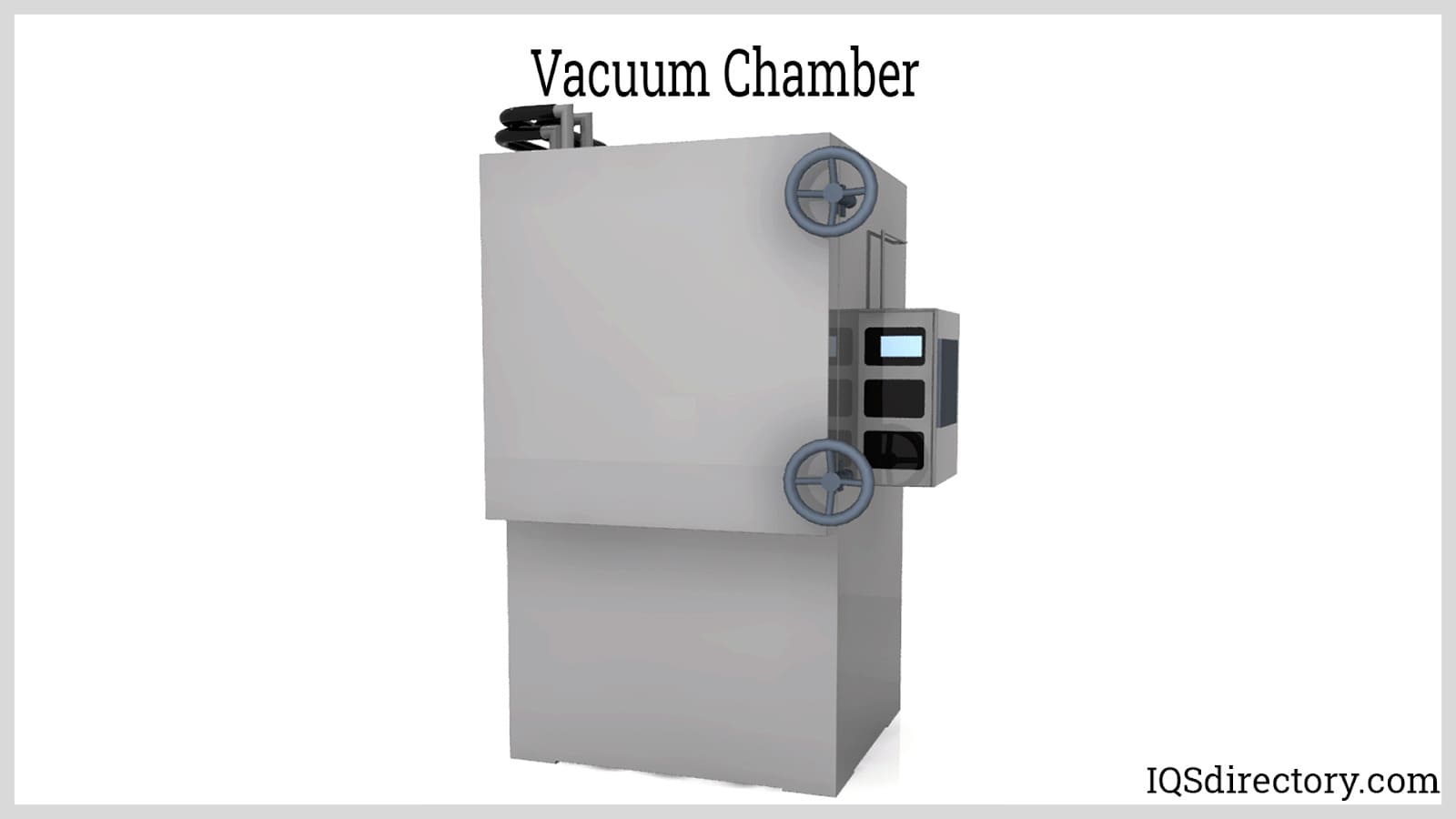
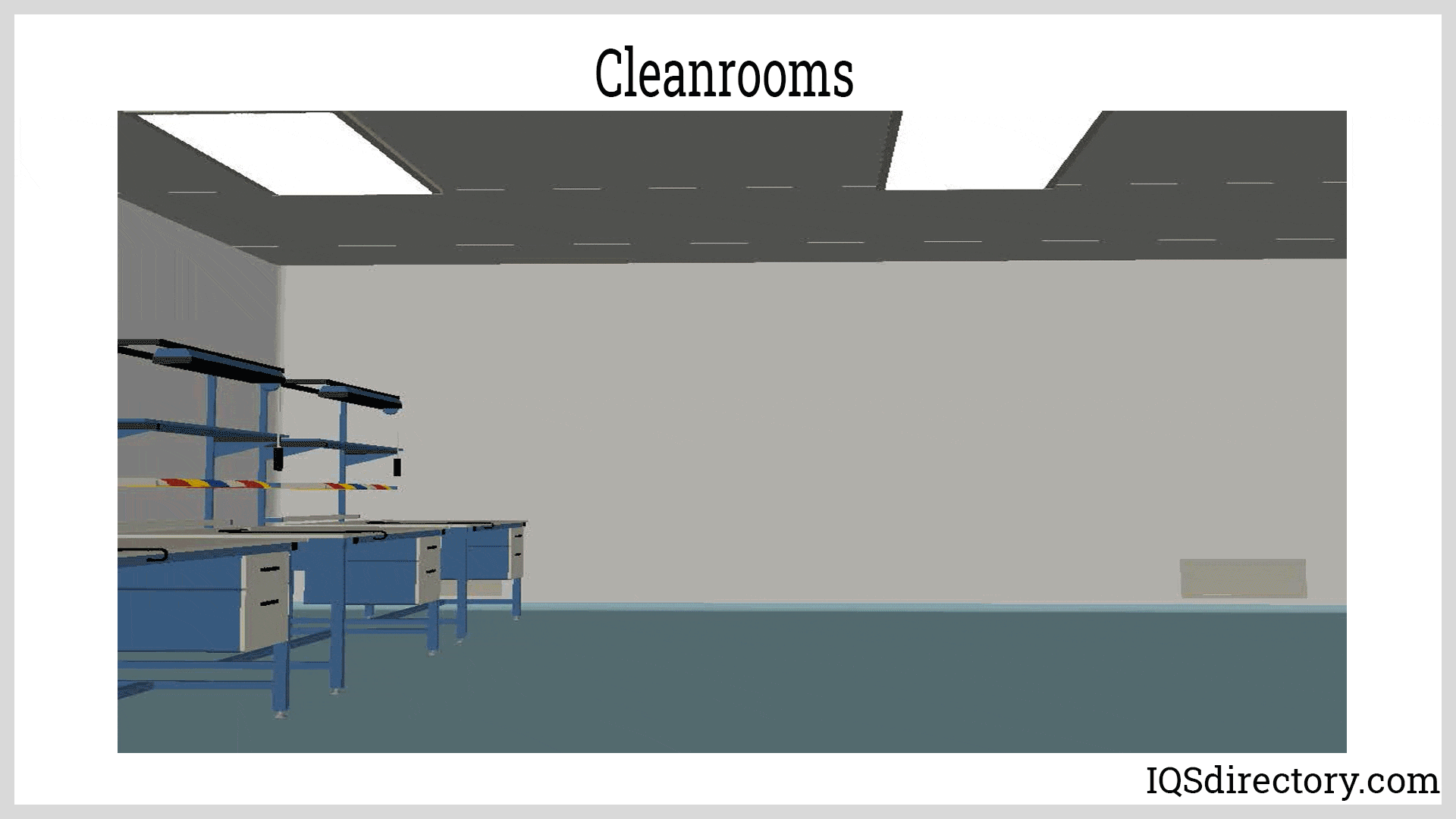
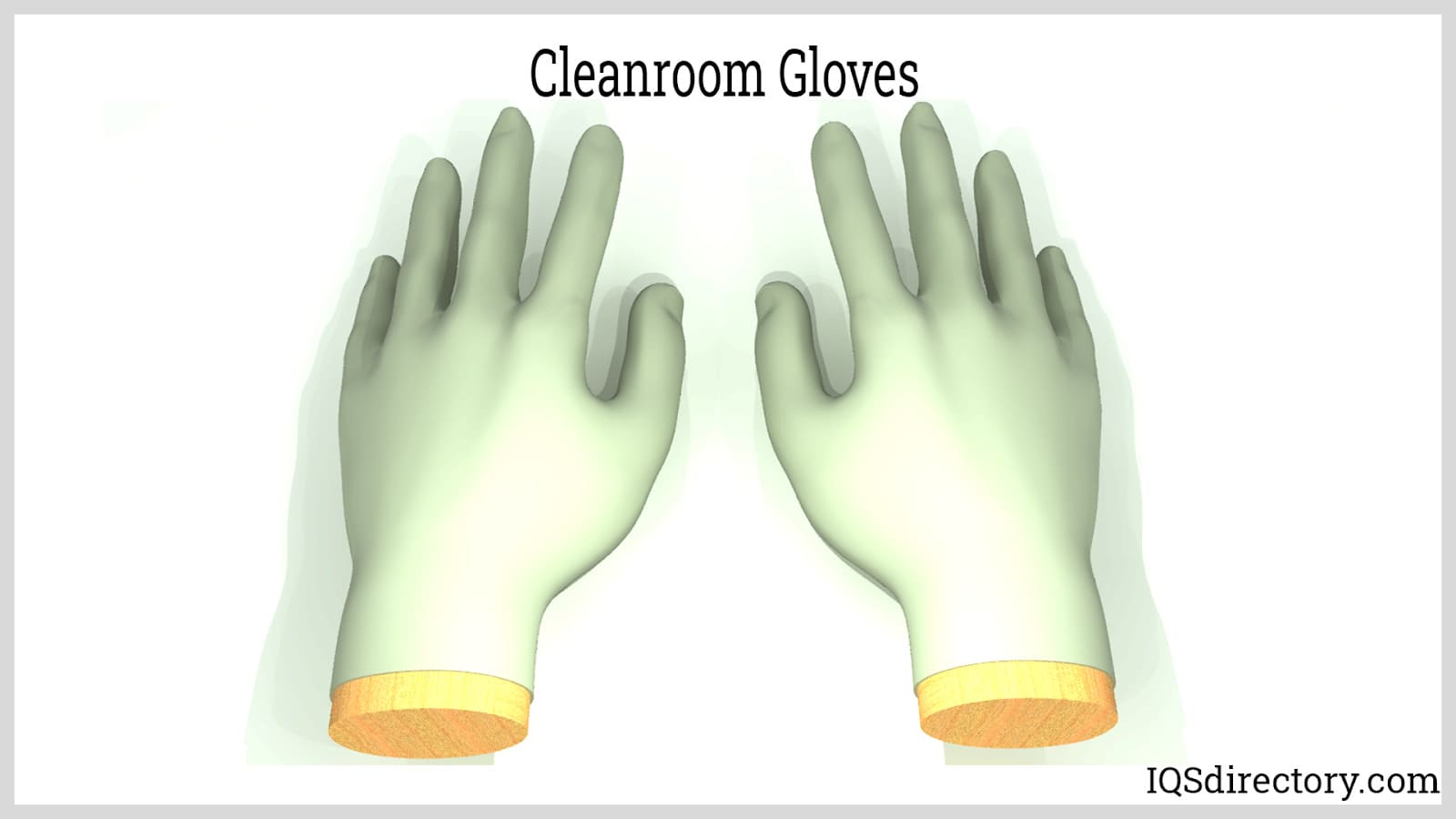
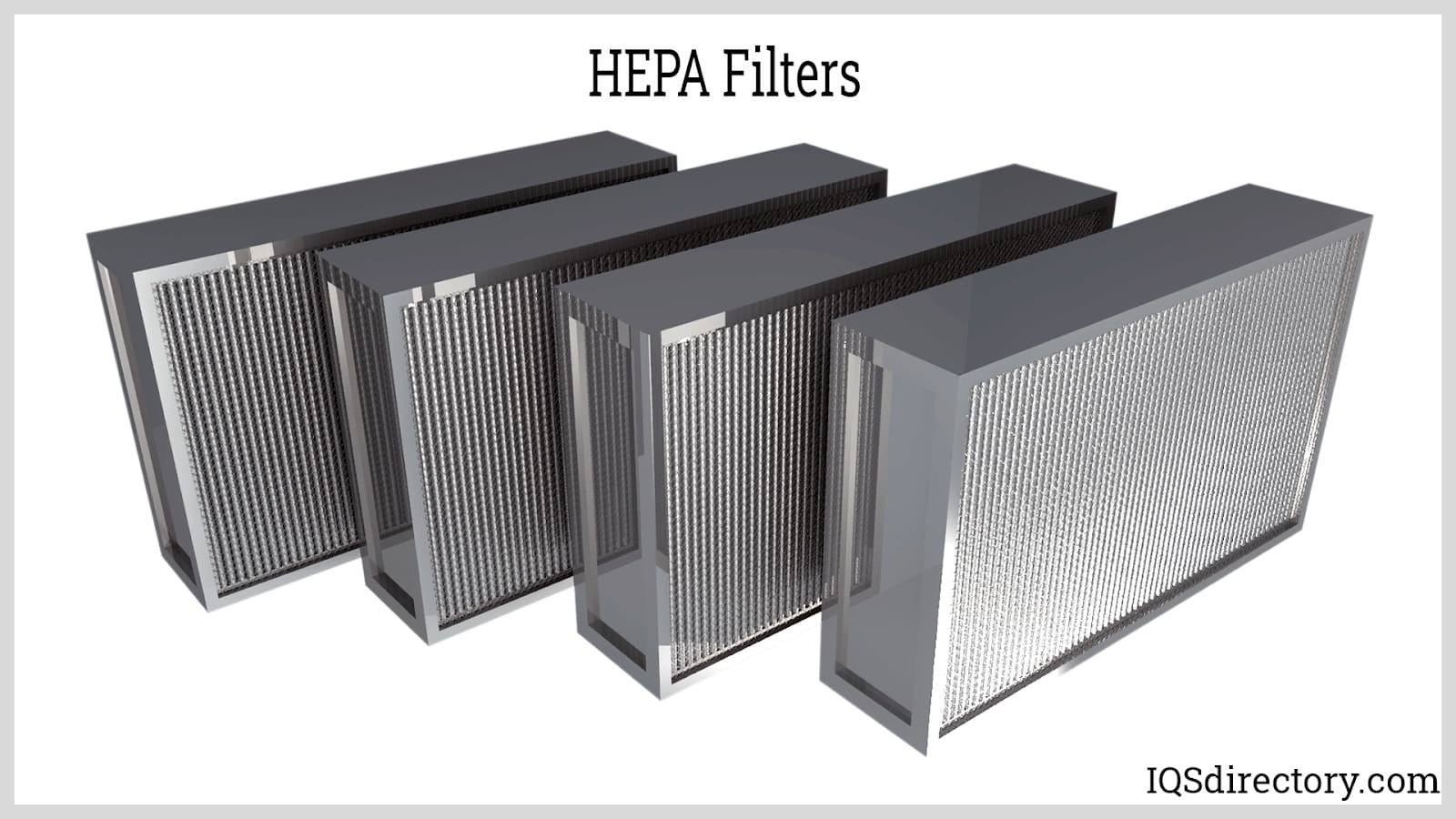
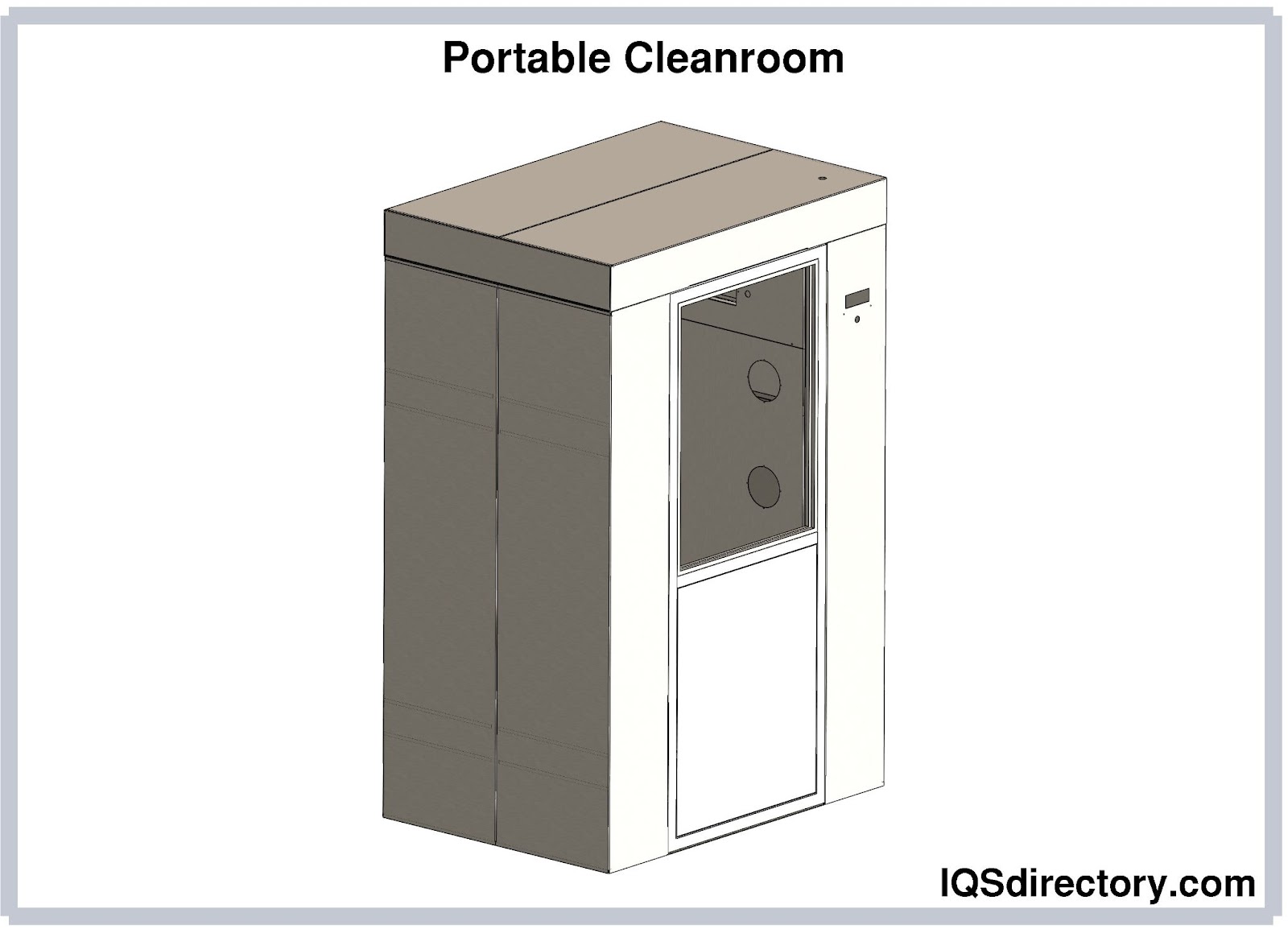
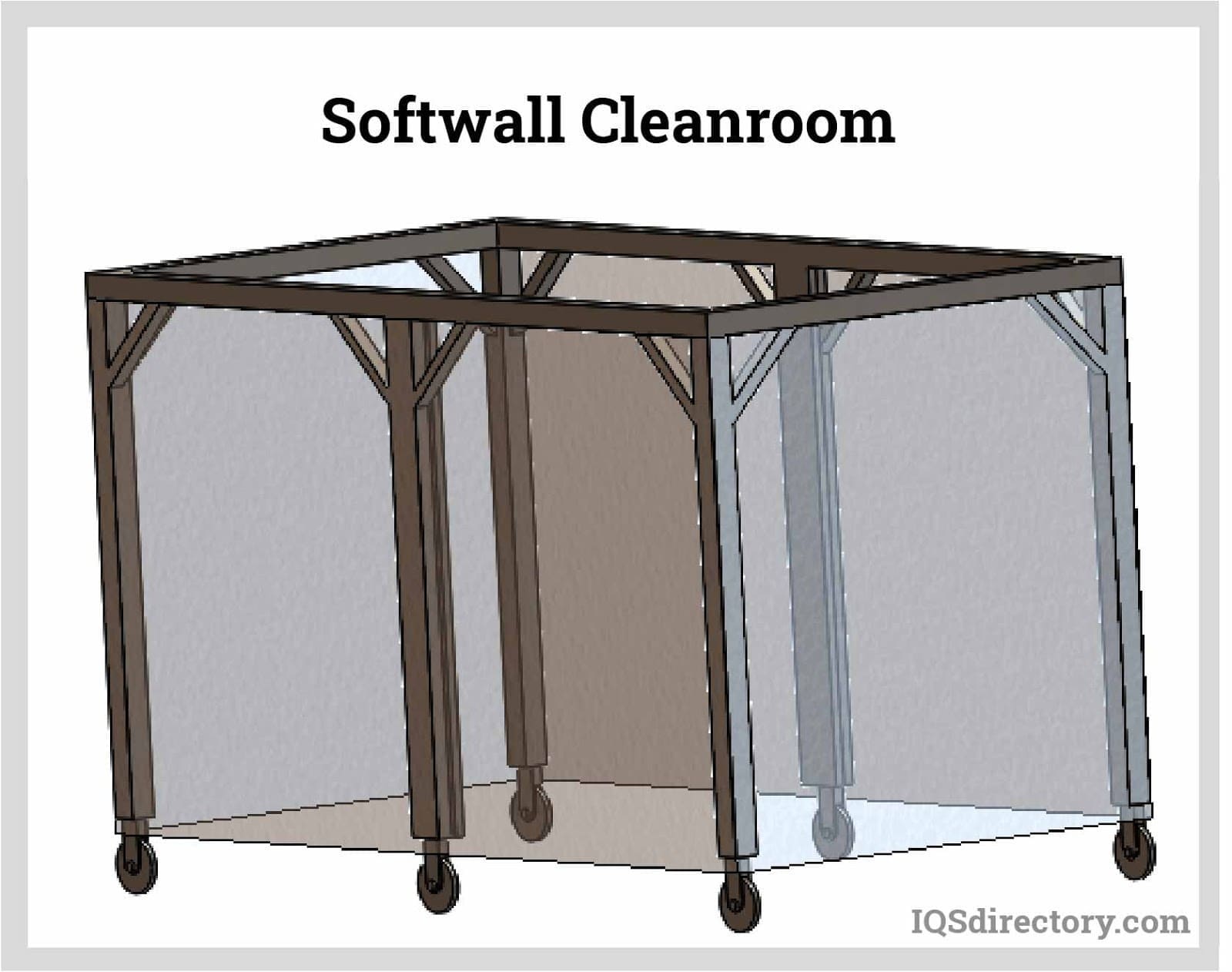
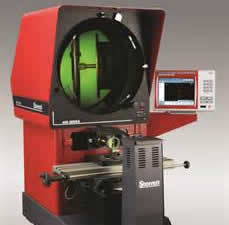 Calibration Services
Calibration Services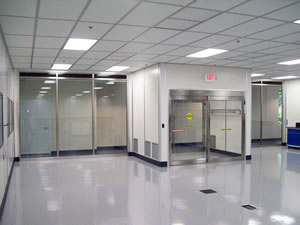 Clean Rooms
Clean Rooms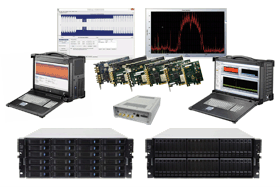 Data Acquisition Systems
Data Acquisition Systems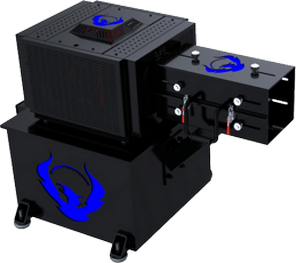 Dynamometers
Dynamometers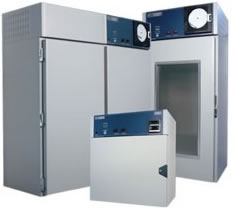 Environmental Test Chamber
Environmental Test Chamber Leak Detectors
Leak Detectors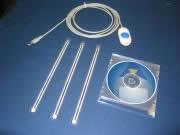 Load Cells
Load Cells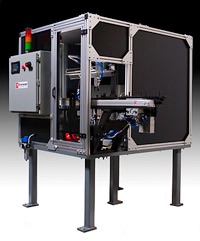 Machine Vision Systems
Machine Vision Systems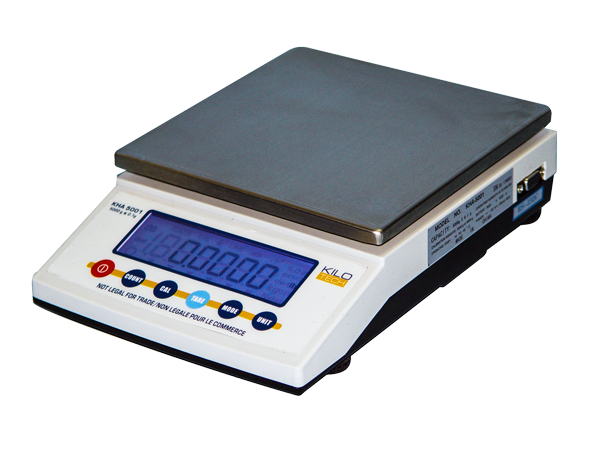 Scales
Scales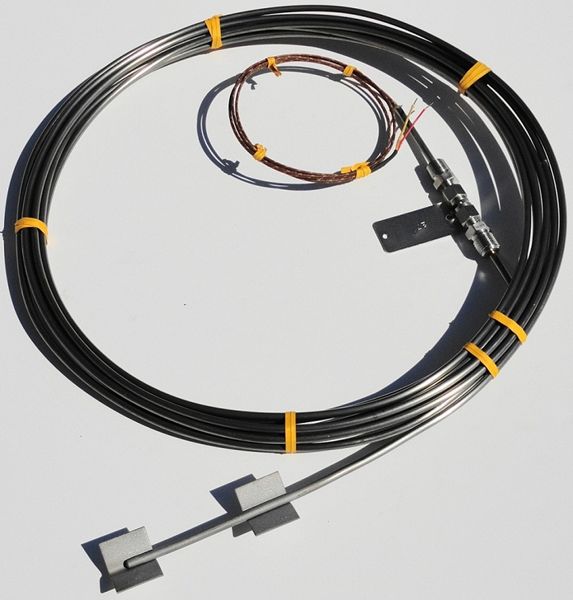 Thermocouples
Thermocouples Castings & Forgings
Castings & Forgings Bulk Material Handling
Bulk Material Handling Electrical & Electronic Components
Electrical & Electronic Components Flow Instrumentation
Flow Instrumentation Hardware
Hardware Material Handling Equipment
Material Handling Equipment Metal Cutting Services
Metal Cutting Services Metal Forming Services
Metal Forming Services Metal Suppliers
Metal Suppliers Motion Control Products
Motion Control Products Plant & Facility Equipment
Plant & Facility Equipment Plant & Facility Supplies
Plant & Facility Supplies Plastic Molding Processes
Plastic Molding Processes Pumps & Valves
Pumps & Valves Recycling Equipment
Recycling Equipment Rubber Products & Services
Rubber Products & Services